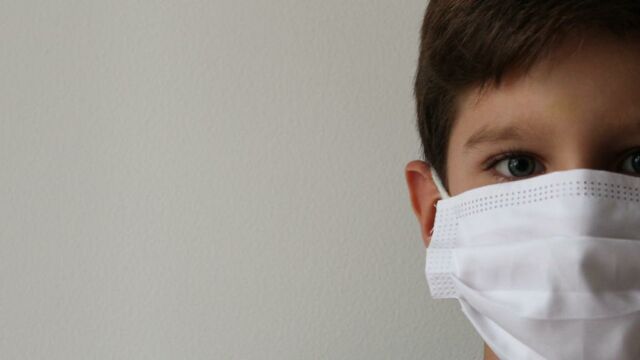Children could be receiving COVID jab as early as august

A leaked document has revealed plans to inoculate 11 million children by the start of the fall term.
A leaked plan on the Telegraph reveals the government's target to inoculate 11 million under 18s by the start of the fall term, ahead of what was previously scheduled for children.
Discover our latest podcast
The more jabs given out the better?
The proposal to vaccinate children is backed up by the belief that the more inoculation is provided to an entire population the faster we will eradicate the virus and, by extension, get out of restrictions and lockdowns. In particular, Dr. Adam Finn, a paediatrician on the government's jabs committee, said:
More under this adMore under this adChildren constitute close to quarter of the population, so even if we could achieve 100 per cent uptake of vaccines across the adult population, it only gets you to 75 per cent coverage.
Although no confirmation has officially been made, the government is waiting for an important study on child vaccination from Oxford University to come out this summer before making a final decision as to when children will receive the jab, if at all.
More under this adMore under this adEarlier this week, PM Boris Johnson announced fears of a potential resurgence of the virus as death tolls have increased by two percent and cases in some parts of Western Europe—namely France and Italy—have been dangerously on the rise.
Is vaccinating children truly necessary?
But this will be cause for controversy as it has been proven that the coronavirus only poses a very marginal threat to kids, leading many to believe that resources should be allocated elsewhere. And this is only strengthened by academics' claim that children do not contribute in the spread of the virus.
More under this adMore under this adAccording to figures provided by Public Health England (PHE), the risk of dying from the coronavirus is of 1,513 per 100,000 people over 80 years of age. Meanwhile, for children aged between five and nine, the ratio of death to infections drops dramatically to 0.1 per 100,000.